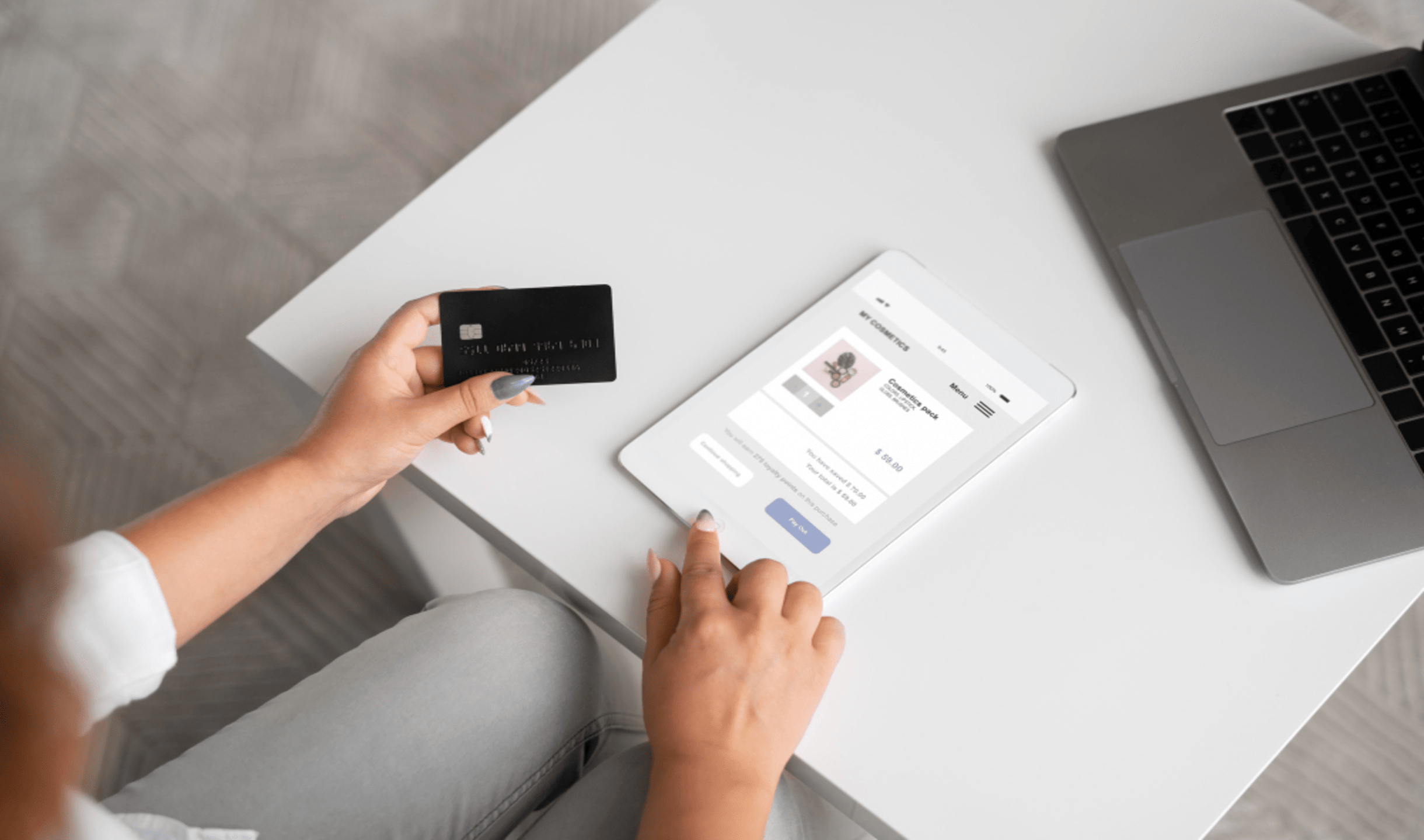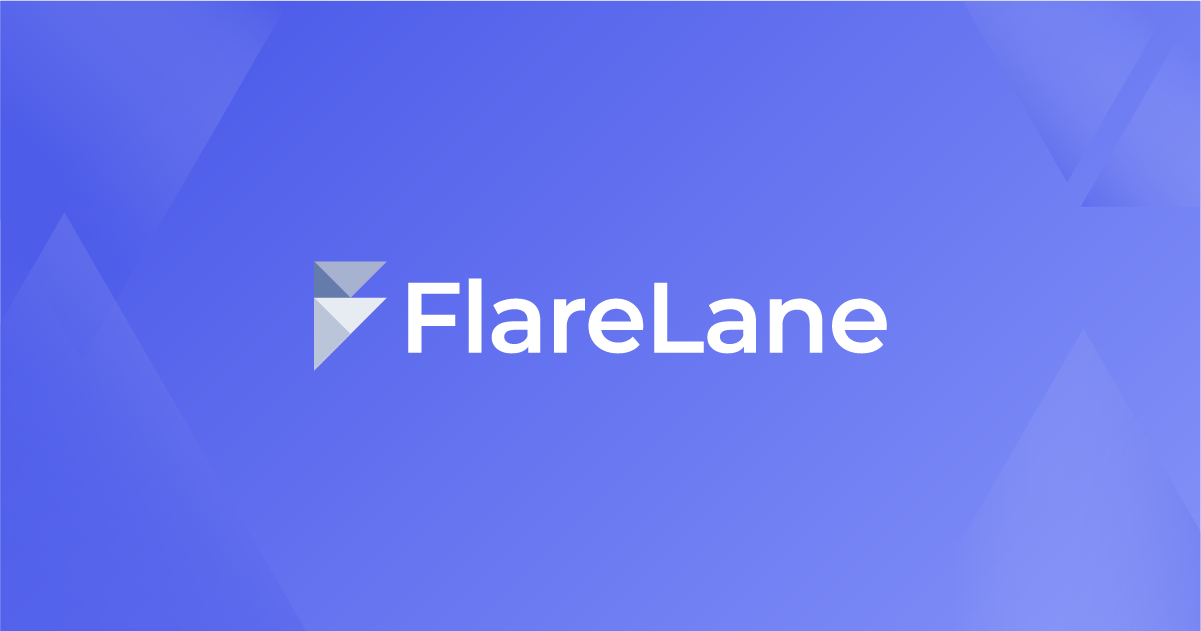How to Boost In-App Purchases Using In-App Messages

In-app purchases are a critical revenue stream for many mobile apps, particularly for those offering freemium models, mobile games, and subscription-based services. With global consumer spending on in-app purchases projected to reach $156 billion by 2026, optimizing marketing automation strategies to boost these purchases is more important than ever for app developers and marketers.
Among the various tools available, in-app messages stand out as an effective yet underutilized method to encourage users to make purchases. These real-time, contextually relevant messages provide the opportunity to engage with users at key moments, driving them toward completing a transaction.
In this article, we will explore how in-app messages can boost in-app purchases, supported by research and actionable strategies.
*The global in-app purchase market was valued at approximately $162.17 billion in 2023 and is projected to reach $882.51 billion by 2032.
*Leveraging in-app message strategies like personalized recommendations, limited-time offers, and social proof can increase user conversions and drive long-term loyalty.
*To maximize the effectiveness of in-app messages, it's essential to conduct A/B testing and avoid pitfalls such as over-messaging and irrelevant content.
What Are In-App Messages?
In-app messages are notifications or alerts that appear directly within an app’s interface while a user is actively using the app. Unlike push notifications, which are sent outside the app, in-app messages are immediate, non-intrusive, and highly personalized. They can take various forms, including banners, pop-ups, or full-screen takeovers, and are triggered by user behavior, preferences, or other real-time events.
One of the key strengths of in-app messages is their ability to be personalized based on user behavior. Messages can be triggered based on actions such as adding an item to a shopping cart, reaching a milestone in a game, or browsing premium features. This highly targeted approach makes the messaging feel relevant rather than disruptive.
Research shows that in-app messages have much higher engagement rates compared to traditional push notifications. According to a study by Localytics, in-app messages can increase engagement by up to 27% compared to users who do not receive these messages. More engagement often translates to higher purchase rates.
What Are In-App Purchases?
An in-app purchase refers to buying features or content within an app. Just like purchasing in-game items or subscribing to music streaming services, users can acquire a variety of products and services within apps. According to a 2023 study, the global in-app purchase market was valued at approximately $162.17 billion and projected to reach $882.51 billion by 2032.
Apps offering mobile games, subscription-based services, and premium features generate stable revenue through in-app purchases. This payment model allows apps to provide basic services for free while offering paid features to enhance the user experience. In-app purchases not only drive revenue but also foster greater interaction with users, maximizing the value and impact of the app.
Strategies to Boost In-App Purchases with In-App Messages
Personalize Recommendations
Personalized in-app messages are a powerful tool to increase in-app purchases. By leveraging user data—such as browsing history, purchase patterns, or app usage—you can present offers or suggestions that align with their interests.
For example, an analysis of a freemium fitness app found that users who received personalized in-app messages promoting premium features saw a 20% higher conversion rate compared to users who received generic messages. By targeting users who had shown interest in specific workouts or tracking tools, the app was able to increase its overall subscription purchases.
Use Limited-Time Offers
The principle of scarcity and urgency can effectively drive in-app purchases. In-app messages that promote limited-time discounts or exclusive items can nudge users toward making a purchase by creating a fear of missing out (FOMO).
For example, mobile games frequently use limited-time offers to drive purchases of power-ups, extra lives, or exclusive skins. By integrating an in-app message that informs the player of a 24-hour discount, developers can increase purchases in the short term while fostering habitual spending behavior.
Upsell During Peak Engagement
Identifying moments of peak engagement is key to successfully boosting in-app purchases. These are moments when users are more likely to be emotionally invested in the app—whether they’ve completed a challenging game level, reached a fitness milestone, or started using a premium feature.
In-app messages can capitalize on these moments by offering upsells or premium content. For instance, after a user completes a level in a game, the app could offer a special bundle of in-game currency or items as a reward.
For example, a 2021 study published in Computers in Human Behavior found that emotional highs, such as completing a challenging task, lead users to be more open to making purchases or engaging in further app activity. Apps that capitalize on these moments with targeted in-app messages can see higher in-app purchase rates.
Highlight the Value of Premium Features
Many apps struggle with converting free users into paying customers. In-app messages that emphasize the benefits of premium features—such as ad-free experiences, additional content, or enhanced functionality—can encourage users to upgrade. These messages should clearly explain the value proposition, showing users how upgrading will improve their experience.
For example, streaming apps like Spotify and YouTube use in-app messages to remind users of the advantages of premium subscriptions, such as uninterrupted music or video viewing. By focusing on how the user’s experience would improve, they make a compelling case for upgrading.
Offer Discounts for First-Time Buyers
A common obstacle to driving in-app purchases is getting users to make their first transaction. To overcome this, offering a discount for first-time buyers can reduce the barrier to entry. In-app messages that highlight this offer at the right moment—such as when a user is browsing premium content or close to making a purchase—can nudge them to complete the transaction.
As an example, a retail app that sends an in-app message offering 10% off the first purchase when a user is browsing the checkout page can significantly increase conversions. This strategy is particularly effective for users who are hesitant to make their first purchase.
Leverage Social Proof
Social proof is a psychological phenomenon where people look to others' behaviors to guide their own decisions. In the context of in-app messages, social proof can be used to highlight popular purchases, top-rated items, or the number of users who have upgraded to premium services.
A study in the Journal of Marketing Research showed that consumers are more likely to make a purchase if they see that others are doing the same. In-app messages that say "500,000 users have purchased this feature" or "This item is rated 5 stars by thousands of users" can encourage hesitant users to follow suit.
Reduce Abandoned Carts with Well-Timed Reminders
Cart abandonment is a major challenge for e-commerce apps, with the average rate around 69.8%. In-app messages triggered by abandoned carts can serve as gentle reminders to encourage users to complete their purchases. These reminders are often more effective when combined with additional incentives like a small discount or free shipping.
For an optimal outcome, we recommend sending the reminder shortly after the cart is abandoned, but not immediately. Waiting 30 minutes to an hour before sending the in-app message ensures that the user doesn't feel bombarded but still remembers their intent to purchase.
Conduct A/B Testing
Finally, to ensure the effectiveness of in-app messages, it’s essential to conduct A/B testing regularly. Test different message formats, timing, and content to see what resonates most with your audience. For example, some users may respond better to pop-up messages, while others might prefer subtle banner alerts.
By continuously refining your in-app message strategy based on performance data, you can incrementally boost your in-app purchases over time.
Avoid Common Pitfalls
While in-app messages are a powerful tool, it’s important to avoid common mistakes that can lead to a negative user experience:
- Over-messaging: Sending too many messages can lead to user fatigue and may even prompt users to uninstall the app. Ensure that your messaging frequency is balanced and based on user behavior.
- Irrelevant content: Generic, untargeted messages are less effective and may annoy users. Always aim for personalization based on real-time data.
- Intrusive timing: Messages should not interrupt critical moments in the app experience. For example, avoid showing in-app messages during gameplay or while a user is completing a task.
Conclusion
In-app messages, when used strategically, can significantly boost in-app purchases. By delivering contextually relevant, personalized, and timely messages, app developers and marketers can drive conversions, increase user engagement, and build long-term loyalty.
Whether through personalized offers, limited-time discounts, or upselling premium features, in-app messages offer a versatile and effective way to enhance the user experience and increase revenue. By avoiding common pitfalls and leveraging data-driven insights, brands can unlock the full potential of in-app messages as a tool to maximize in-app purchases.
At FlareLane, we understand the pains of e-commerce brands striving to grow to the next level. Our platform offers real-time analytics and personalized marketing automation features to enhance customer interaction and engagement.
Ready to take your digital marketing strategy to the next level? Click the link below to learn more!


